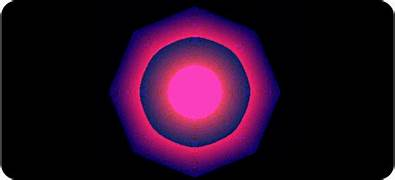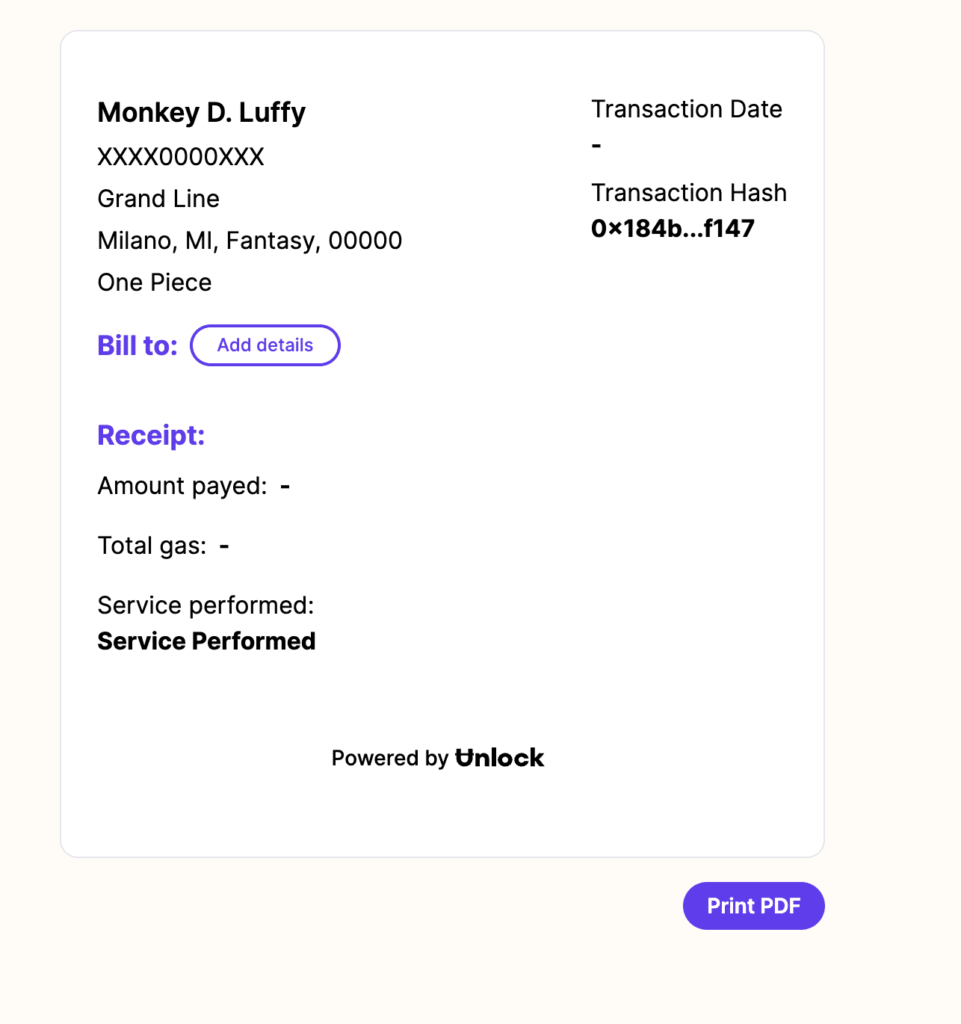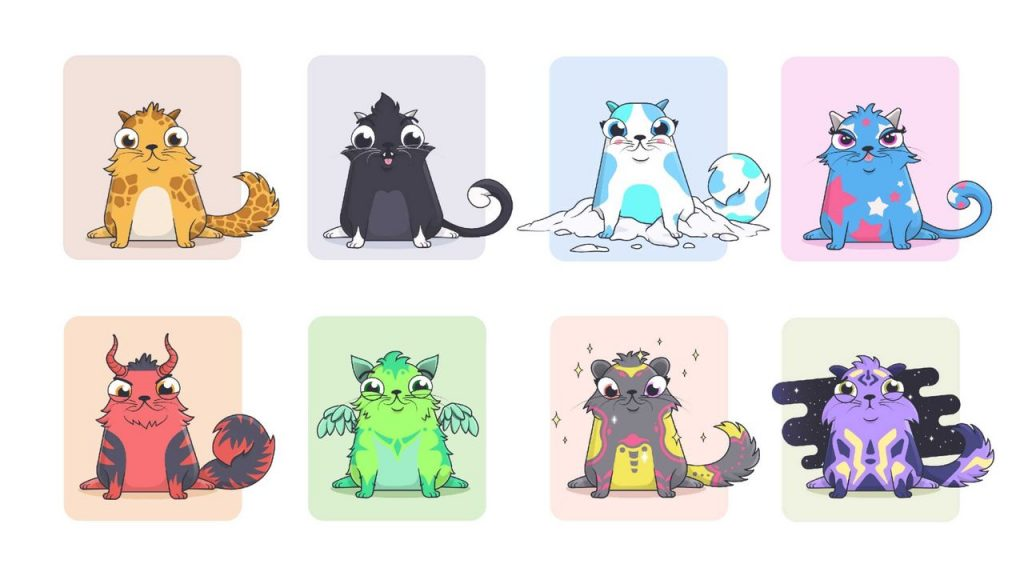Table of Contents

The image above might seem like basic pixel art to you, but let me tell you, its worth $11.8 million!!! unbelievable right??? This is #7523 CryptoPunk
It sports a face mask that gives it a sense of relevance during COVID-19. Moreover, it comes from a group of 9 Alien CryptoPunks. The face mask adds to its uniqueness, making it the only Alien Punk with a mask.
What are NFTs?
NFT stands for Non-Fungible Token. You’ve probably heard about them on the news, Twitter, or in the newspaper. But what are they really? Let’s dive in!
History: The first-ever NFT was sold by Kevin McCoy, who created the NFT “Quantum” in 2014. The most expensive NFT ever sold was by an artist named Beeple. It was a collage of digital art that sold for $532 million!

Crazy Sales: Twitter’s co-founder Jack Dorsey sold his first tweet as an NFT for $2.9 million.

NFTs are unique digital assets that can’t be replaced. They are secure digital receipts in return for an art piece. Basically, when you buy an NFT, you own the original digital item, thanks to blockchain technology, which keeps track of who owns what. Yes, of course you can save it for free however many times you wish, but you are not the owner of it.

Analysis of Ugly NFT Designs
The design of many mainstream NFTs is a hot topic of debate. Critiques often center around the aesthetics of collections like CryptoPunks, CryptoKitties, Bored Apes, and Lazy Lions. These NFTs are seen as simplistic, unattractive, and lacking in artistic quality. The perceived ugliness stems from their creation process, which involves generating numerous variations from a single base model through algorithms. This method can result in a lack of distinctiveness and creativity in the designs.

How Do NFTs Work?
NFTs are like unique versions of cryptocurrency. They live on a blockchain, which is a digital ledger that records who owns what. Here’s the lowdown:
Buying NFTs: To buy an NFT, you need a digital cryptocurrency wallet. Websites like OpenSea, Coinbase, and Binance can help. Most NFTs are bought using Ethereum.

Downsides: Physical art can’t be digitized, and NFT prices can be unpredictable. Plus, you don’t always get the copyright when you buy an NFT. And the process uses a lot of energy, which isn’t great for the environment.

Safety: NFTs aren’t completely safe yet. There are fake marketplaces and hackers out there, so you have to be careful.

How to Design, Create, and Publish Your Own NFT
Okay so are you looking to try your hands on this new trend but everything seems alien to you and don’t know how to start your own NFT? Don’t worry we got you covered!!
You can use tools like Canva, Adobe Spark Post, or any graphic design app. For high-quality work, consider hiring an NFT designer on Upwork or Fiverr.
How to Create an NFT on OpenSea
| Step | Details |
|---|---|
| 1. Use OpenSea | Go to OpenSea, a user-friendly platform for creating and trading NFTs. |
| 2. Sign in with Your Wallet | If you don’t have a wallet, create one using MetaMask or another service. |
| 3. Connect Your Wallet | Link your wallet to OpenSea for secure transactions and management. |
| 4. Click “Create an Item” | Add your item to a collection by selecting “Create an item” on the platform. |
| 5. Choose Your Blockchain | Select the blockchain for your NFT. Ethereum is a popular and widely supported choice. |
| 6. Click “CREATE” | Finalize the creation of your NFT by clicking “CREATE”. |
.
Congrats! You’ve just published your NFT!
That’s the scoop on NFTs! They’re a fun and unique way to own digital assets, but remember to stay safe and be aware of the downsides. Happy NFT-ing!
FAQ
Q: Where can I buy NFTs?
A: NFTs can be bought from various online marketplaces dedicated to digital assets. Popular platforms include OpenSea, Rarible, Foundation, NBA Top Shot, and SuperRare. You’ll need a digital wallet like MetaMask, some cryptocurrency (usually Ethereum), and an account on one of these platforms to get started.
Q: What is an NFT (Non-Fungible Token)?
A: An NFT, or Non-Fungible Token, is a unique digital asset verified using blockchain technology. Unlike cryptocurrencies like Bitcoin or traditional money, NFTs are one-of-a-kind and cannot be exchanged on a one-to-one basis. Each NFT has its own distinct value and properties.
Q: What are NFTs used for?
A: NFTs are used for various purposes, including digital art, collectibles, virtual real estate, and gaming. Artists use NFTs to sell their work, collectors buy digital items, virtual worlds allow users to buy and develop digital land, and gamers own in-game items.
Q: Is an NFT a real thing?
A: Yes, NFTs are real digital assets. They exist on blockchain networks, which ensure their authenticity and ownership. Although they don’t have a physical form, their value and uniqueness are recognized in the digital world.
Q: What are NFTs for dummies?
A: NFTs, or Non-Fungible Tokens, are like digital collectibles. Just as you might collect physical items like baseball cards, you can collect digital items. Each NFT is unique and can represent anything from art and music to virtual land and in-game items.
Q: NFTs explained for dummies?
A: NFTs are unique digital items stored on a blockchain. This technology ensures that each NFT is one-of-a-kind, with a clear history of ownership. They can’t be exchanged like-for-like with other tokens because each one has its own unique value.
Q: What is NFT slang?
A: NFT slang includes terms used in the NFT community, such as “minting” (creating a new NFT), “gas fees” (transaction fees on the blockchain), and “diamond hands” (holding onto NFTs despite market fluctuations).
Q: NFT meaning slang?
A: NFT slang refers to the jargon used in the NFT world. For example, “floor price” is the lowest price at which an NFT can be bought in a marketplace, and “apeing in” means investing heavily and quickly into a new NFT project.
Q: What is an NFT business?
A: An NFT business involves creating, selling, or managing NFTs. This can include digital art galleries, NFT marketplaces, virtual real estate agencies, and game development companies that use NFTs for in-game items. The key is leveraging blockchain technology to create value.
Latest episodes
Leave a Reply